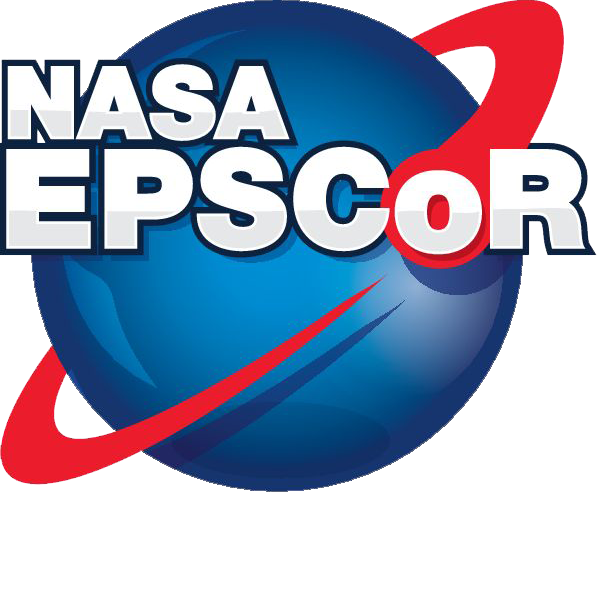
Proximity Operations for Near Earth Asteriod Exploration
Principal Investigator – Patricia C. Hynes, Director of the New Mexico NASA EPSCoR Program and Director of New Mexico Space Grant Consortium
Co-Investigator – Charles Creusere, New Mexico State University
Co-Investigator – Daniel Klinglesmith, New Mexico Institute Of Mining And Technology
Co-Investigator – Amit Sanyal, New Mexico State University
Co-Investigator – Daniel Scheeres, University Of Colorado, Boulder
Co-Investigator – Eric Butcher, New Mexico State University
This project focuses on the following tasks: 1) Study the spacecraft maneuvers required to enable a NEA sampling mission, including descent and hovering, where a relative equilibrium is created at an arbitrary position by using thrusters to null the nominal spacecraft acceleration (This equilibrium may be an advantageous position for taking high resolution measurements, maintaining a fixed communication, solar panel, or sensing geometry, or for maintaining relative orientation during a maneuver.), 2) Improve the gravity field modeling of small, arbitrarily-shaped bodies, with a focus on those (e.g. Eros, Itokawa) that have been visited by spacecraft (Co-I Born and his student have recently developed a more computationally effective and efficient method for doing this), 3) Integrate the trajectory design and navigation software currently used at JPL for small body missions into a single package and test it on a simulated mission to one of the above asteroids, 4) Study the problem of attitude control in the proximity of irregular bodies and how it is influenced by translational/rotational coupling, 5) Design numerical schemes that can accurately simulate the relative motion between an irregular asteroid and a spacecraft over long time periods and that can be used for propagation of states during navigation, 6) Develop an autonomous navigation capability in the vicinity of the small body, 7) Develop the control laws necessary to implement touchdown or “touch-and-go” operations at the asteroid surface to support sample collection, and 8) Study the impacts of communications and networking constraints within the framework of various ad hoc protocols on NEA missions.
This investigation will be supported with numerical analysis including the use of in-house JPL software programs using models of real asteroids. Special-purpose numerical integration schemes for motion near asteroids have been developed in previous research efforts by co-I Scheeres, which can be used in the guidance and navigation software. Due to the fact that linear covariance may not be valid in such extreme orbital environments, approximation of the true error probability distribution of states and model parameters will be another project focus. In addition to NEAs, these strategies will also apply to missions to other solar system bodies such as comets and small planetary satellites. The NMTech co-Is will leverage the Magdalena Ridge Observatory 2.4-m telescope, dedicated to NEA and other asteroid follow-up characterizations, to obtain observational data for use in the asteroid modeling and simulations.
Progress Reports
Year 1 (2012)
Year 2 (2013)
Year 3 (2014)
